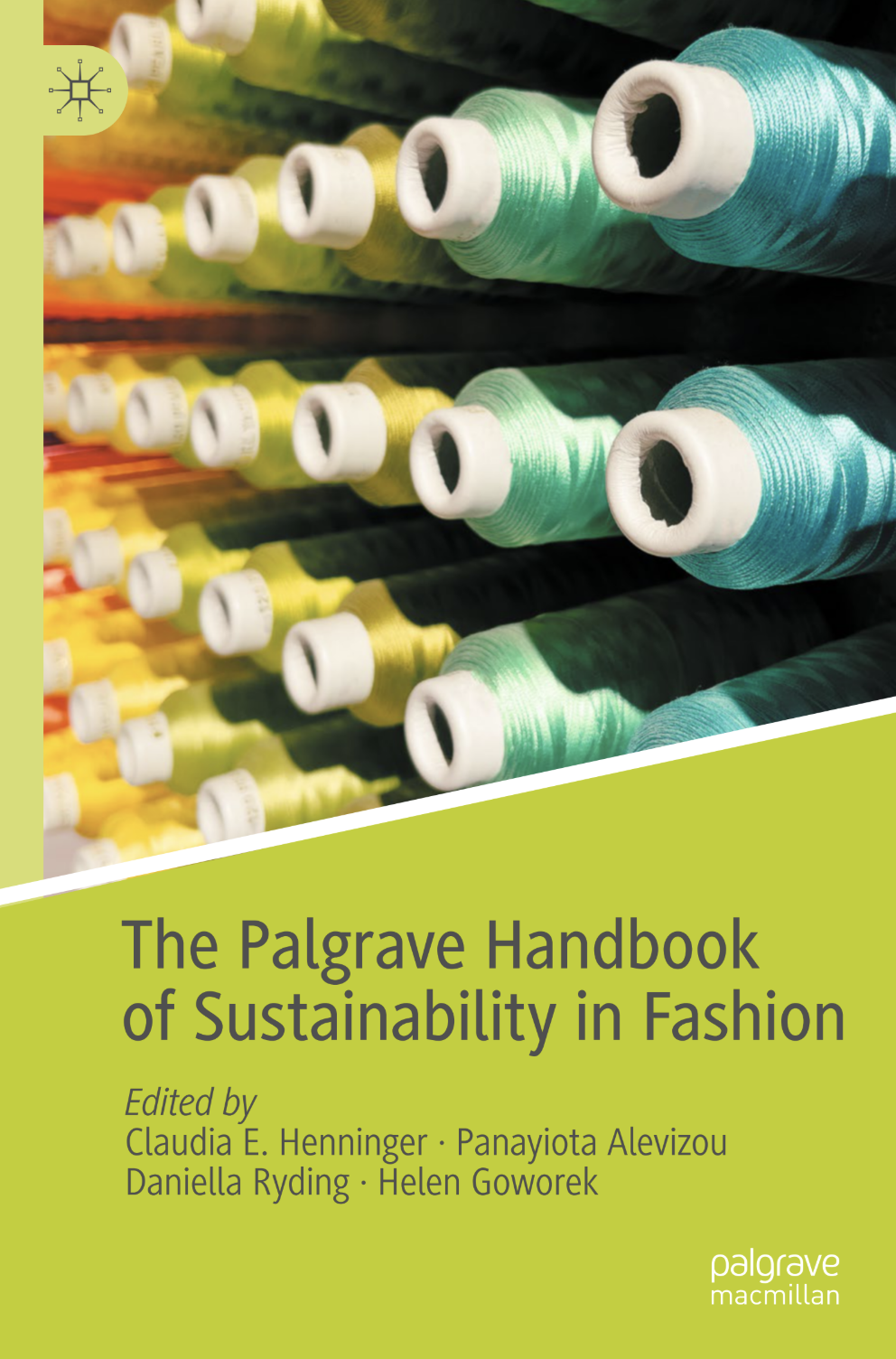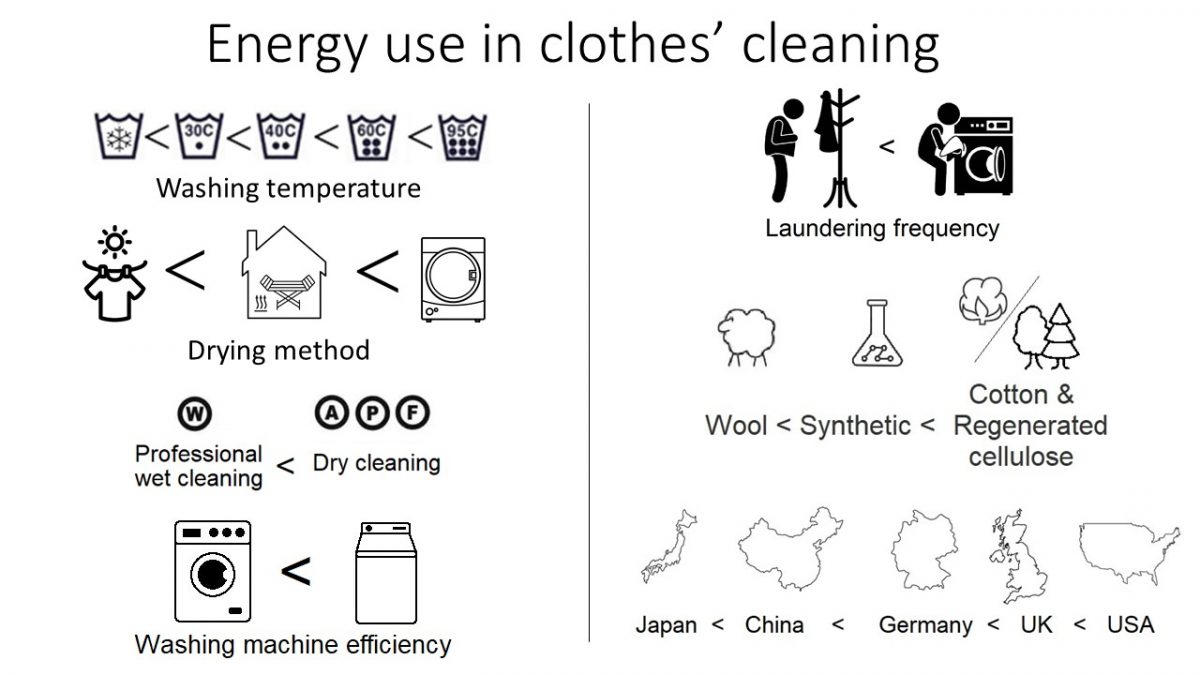Clothing Care – The Palgrave Handbook of Sustainability in Fashion
Authors: Ingrid Haugsrud, Ingun Grimstad Klepp and Kirsi Laitala
Abstract
The impact of the fashion industry on the environment is undoubtedly size-able. In response, the last decade has seen various changes in the fashion industry landscape, from new digital technologies that enhance zero waste productions, the emergence of the digital platform economy, to the development of innovative materials. This Handbook captures key innovations within the fashion industry and brings together work from leading academics, but also practitioners in the field. Offering a comprehensive and global perspective, it covers core topics such as: technological innovations and their impact on sustainable fashion, alternative models of consumption, the circular economy, the role of activism and the future of sustainable fashion. With clear managerial implications, chapters uniquely supplement conceptual work with short practitioner-led case studies that bridge the gap between theory and practice, making this a valuable resource for students and researchers.

